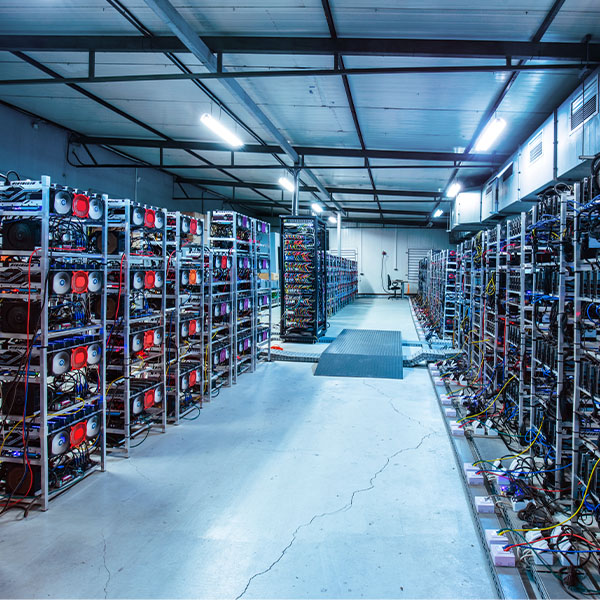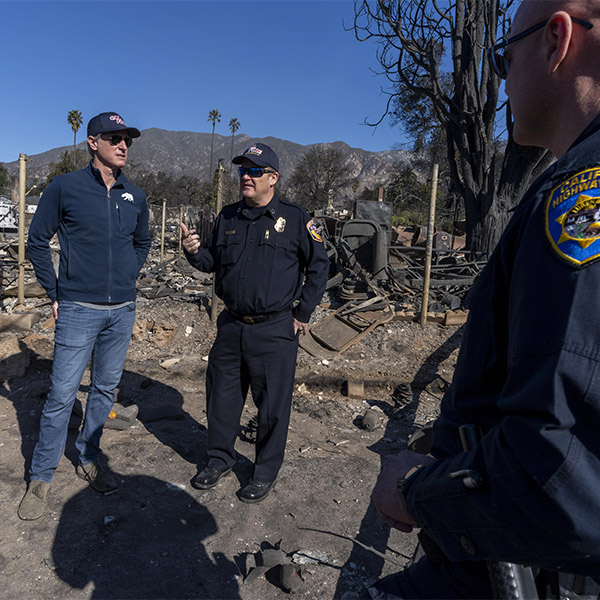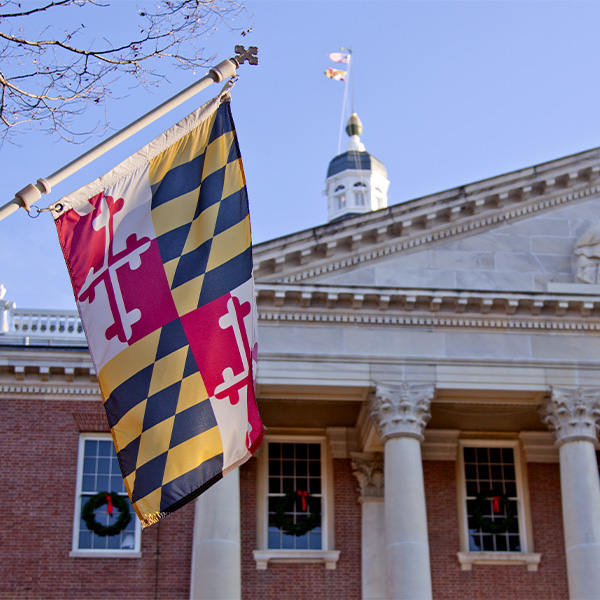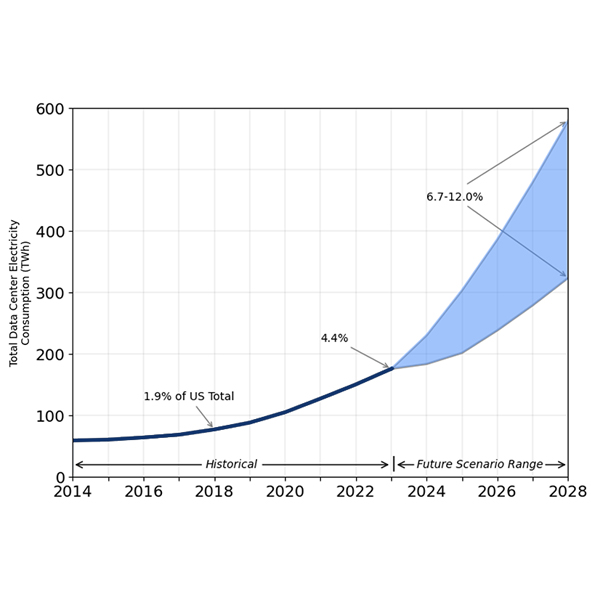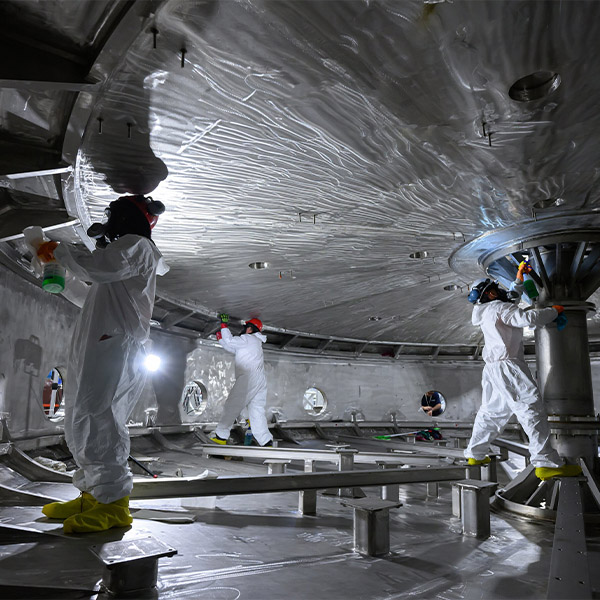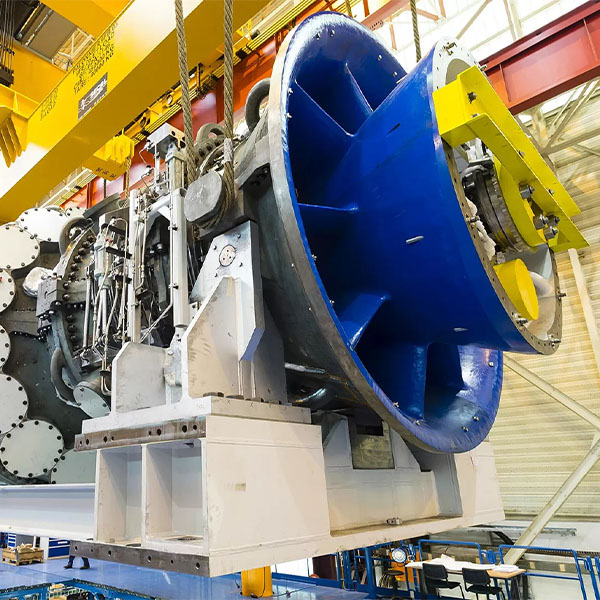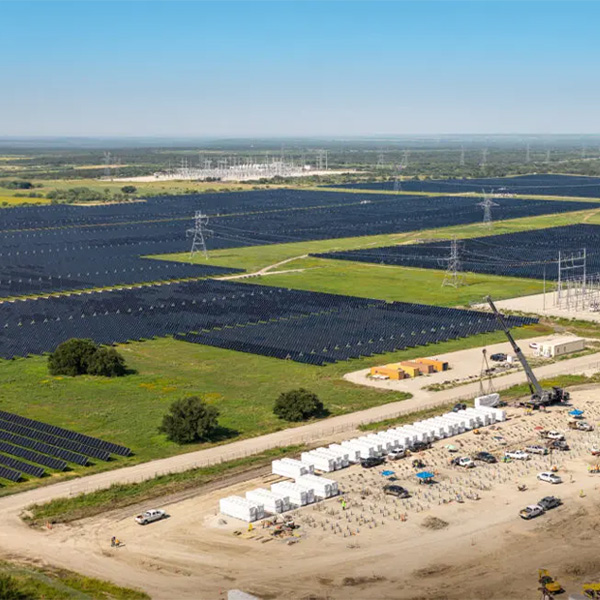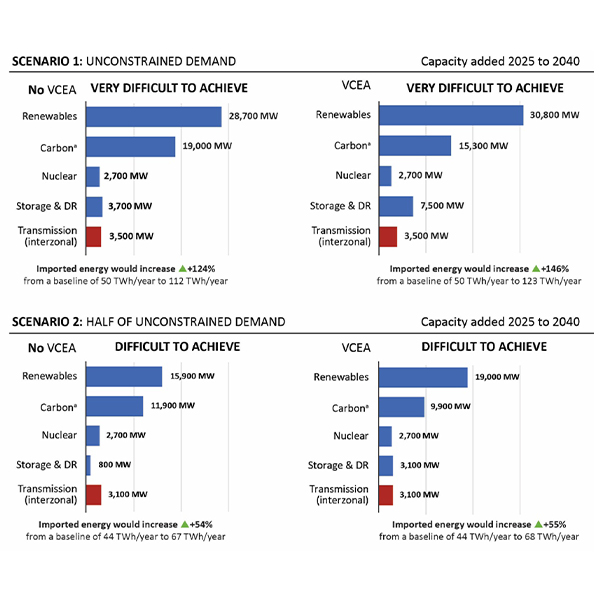Industrial Decarbonization
Virginia legislators introduced a series of bills they hope to pass in a short session this year aimed at addressing demand growth from data centers through cost allocation of utility rates, increased transparency in planning and tying tax incentives to efficiency requirements.
California lawmakers may consider extending the state’s landmark cap-and-trade program, following a request from Gov. Gavin Newsom in his 2025/26 budget proposal.
The rising opposition to the Maryland Piedmont Reliability Project, a 67-mile, 500-kV transmission line, and general dissatisfaction with PJM and utility grid planning and interconnection policies, are driving new bills in the General Assembly.
Data centers’ voracious appetite for electricity could spike more than threefold over the next four years, rising from 4.4% of U.S. power demand in 2023 to as high as 12% in 2028, according to the Lawrence Berkeley National Laboratory.
Two companies developing advanced nuclear technology made landmark announcements about their plans.
Two major operators in the natural gas and power sectors say they are moving to meet data center power demand with new natural gas generation capacity.
"Deep, collaborative partnerships combined with creative problem-solving are the only way we can meet the explosion of AI growth, as well as society's accelerating electricity demand," said Sheldon Kimber, CEO of Intersect Power.
A report from the Virginia legislature released shows how quickly data centers are growing in the state and addresses how to meet that demand, with some suggestions for policymakers.
Meta and Amazon Web Services continue to search for ways to meet their data centers’ growing power demand, requesting proposals for nuclear reactor construction and announcing new efficiency measures, respectively.
In its latest “Solar Means Business” report, the Solar Energy Industries Association reports nearly 40 GW of on-site and off-site corporate capacity installed by March 2024.
Want more? Advanced Search
